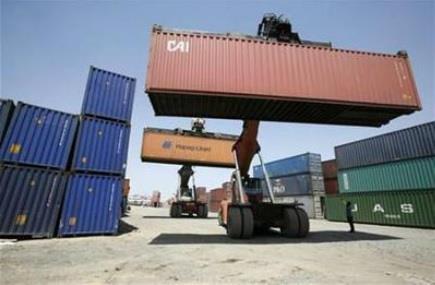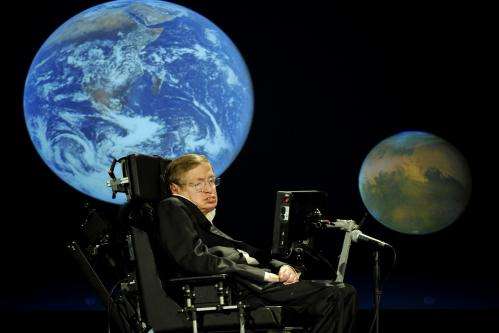December 4, 2012
Washington — Calling India a dynamic link that "fuses" the Greater Middle East and East Asia, a top US diplomat has said the Obama Administration's strategic rebalancing to Asia was expected to continue with renewed vigour.
December 4, 2012
Washington — Calling India a dynamic link that "fuses" the Greater Middle East and East Asia, a top US diplomat has said the Obama Administration's strategic rebalancing to Asia was expected to continue with renewed vigour.
"The United States' strong geopolitical focus on Asia is a whole-of-government acknowledgement that over the next century events in Asia – from Delhi to Beijing – will drive global politics and economics," said Geoffrey Pyatt, principal deputy assistant secretary of state, said at a conference in Muscat.
"To put an international spin on American political phraseology: As goes Asia, so goes the rest of the world," he said at the 6th IISS-NESA South Asia Security Conference Saturday according to the transcript released by the State Department here Monday.
"US engagement in South Asia is central to our reinvigorated outreach to the entire continent," Pyatt said noting US bilateral agenda with each country in South Asia was intended to strengthen its respective ties, address impediments, and increase security and prosperity for its peoples.
For the last four years US vigorously supported regional economic integration in South Asia, he said.
"We've sought to promote connectivity through the New Silk Road strategy, helping to bring South Asia closer to Central Asia in what one Foreign Minister has called the new 'Great Gain'", Pyatt said.
"Likewise, we've been vocal proponents of an Indo-Pacific Economic Corridor, which aspires to link India and the rest of South Asia to Southeast Asia through emerging road, air and sea links," he said.
Academics and commentators readily acknowledge India as a dynamic link that "fuses" the Greater Middle East and East Asia, Pyatt said.
"Northern India, for instance, is the home of linguistic and cultural traditions of the Middle East; likewise Hindu temples are found in Bali and Cambodia. Persian language still can be found as far eastward as Bangladesh and India's Mughal dynasty had influences emanating from Central Asia," he said.
The economic potential of a more open and integrated South Asia is virtually unlimited, Pyatt said noting the "United States has made a strategic bet on India's future growth which in turn rests on the wise choices of Delhi's leadership."
"India's economic take-off has enabled greater influence and responsibility in the international system," he said. "As India has shifted its engagement outward, this has opened new possibilities for commerce and connectivity with its neighbours.
Bangladesh, India, and Pakistan are but three important pieces – each "gateway countries" – to a region whose rise can decisively and positively shape global affairs, Pyatt said.
Courtesy: IANS (Arun Kumar can be contacted at arun.kumar@ians.in)
















































































































